
For many Costa Ricans, the canton of La Cruz only appears on the map when talking about poverty indexes. For most foreigners, the destination is not included on their vacation itinerary, despite the beauty that abounds all around.
La Cruzranks fifth in the country among the cantons with the highest percentage of population in poverty, with an amount of 22,644 inhabitants, according to data from the 2011 Census, and only 9.7% of its inhabitants have access to Internet and 30% do not have health insurance.
With things that way, it might seem that there is no way out of the situation for La Cruz. However, in late 2014, the canton began to taste the benefits of tourism with the opening of Hotel Dreams Las Mareas, with 447 rooms and more than $125 million invested.
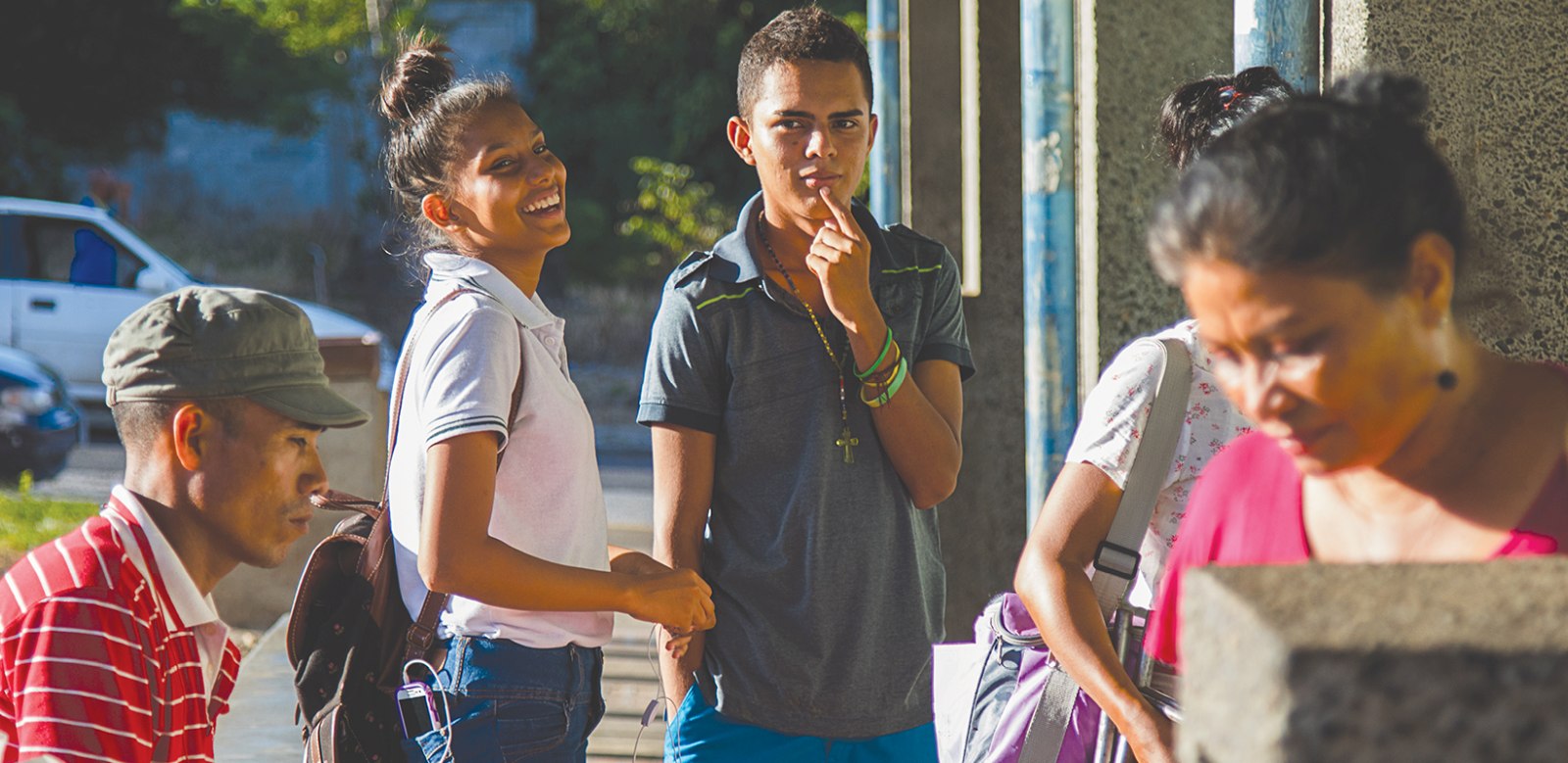
According to 2011 Census data,93.8% of the inhabitants of La Cruz know how to read and write.
According to Francisco Garcia, general manager of Dreams Las Mareas, 70% of the 500 employees on the hotel’s payroll are locals from the canton of Santa Cruz.
Following the arrival of the hotel complex, some tour operators and small and medium businesses (PYME- pequeñas y medianas empresas) began operating in the canton, providing more employment sources.
Such is the case with Salve Terra, a PYME created in January of 2015, focused on serving small groups of tourists through adventure expeditions. Its owner, Maurice Chartier, believes the startup of the hotel complex has created movement in the canton’s economy.
“The arrival of the hotel has definitely contributed to business undertakings in the area. It is a fact that it has benefited businesses. However, I think that we need more differentiation in the PYMEs since we are competing with giant operators from Guanacaste. I believe that what is lacking is to work on a program in which the tourist will differentiate between the major operators and those of us who are small and from the area,” Chartier said.
For many years, the economy of the canton was concentrated on livestock and fishing, but in the 70s, during the government of former President Daniel Oduber, the state began to protect the dry forests that abound in the area, so 60% of the canton consists of protected areas for their conservation. As a result of these policies, many cattle ranchers had to abandon their work and seek employment in neighboring cities like Liberia.

The central park of La Cruz has a free skate area that is open every day.
For some, the inauguration of Hotel Dreams has gone unnoticed in the town, like for the president of the La Cruz Chamber of Tourism, Marina Peñas, who said that tourists who stay in the hotel don’t do activities within the canton.
“The business community is outraged. They don’t bring tourists to the canton. You see big buses that take them to La Fortuna de San Carlos or Monteverde and they don’t stay here [in La Cruz]. They don’t come to buy anything. They don’t visit our beaches,” claimed Peñas.
According to Luis Diego Hidalgo, general manager of Swiss Travel, one of the largest operators providing services to the hotel, 33% of the guests who have come since the opening of Hotel Dreams stay in the canton, 50% visit places in Guanacaste like Palo Verde, 12% cross the border to Nicaragua, 3% transfer to San Carlos and Monteverde, and the rest do not leave the hotel.
The manager thinks that, for a long time,tourism activities happened far away from the canton, so the development of business there is barely in its infancy.
“There are people who are interested in tourism in La Cruz and there are people who are fulfilling high standards. What happens is that to do it, people need to have a certain amount of capital and a certain level of entrepreneurship. It’s a process,” the manager explained.
“You have to understand that the tourists who visit us require certain standards. We can’t go to any business owner to do tourism activities.We have to meet standards of hygiene, service. We make sure they have risk insurance and not all of them have it. There are guys who do horseback tours but they don’t even have helmets,” the manager added.
Employment Sources
In 2010, Lenin Loaiciga and his family opened the company Spider Monkey, a canopy tour business in La Cruz. At that time, only three people worked there and with effort, they got 20 clients per month, reaching a point where he doubted whether the project was worth it. However, in 2015, after the arrival of the hotel, Loaiciga’s business grew to 15 local employees.
“We are now getting up to 20 clients a day, something that did not happen before. I think the canton is gaining strength. I think the arrival of the hotel put us on the map. Now I’m finishing a restaurant, which I couldn’t have done without customers,” Loaiciga explained.
In the case of Salve Terra, in addition to hiring six employees in the area, they have indirectly benefited 11 families. For example, Carlos Francisco Artavia, lends his property to Salve Terra to do horseback rides and receives a commission for the tourists who ride through it.
“I dedicated a lifetime to the field; I’m a laborer. I am now benefiting from tourism and that is very good because they are giving us work. Things are very hard,” Artavia commented.
Taking into account the payments of payroll, municipal and state taxes, contributions to the Costa Rican Social Security Fund, public services provided to the hotel (water, electricity, telephone, etc.), transportation, accommodations and other services to collaborators, the general manager of Hotel Dreams estimated that the businessinvests $22,000,000 per year.
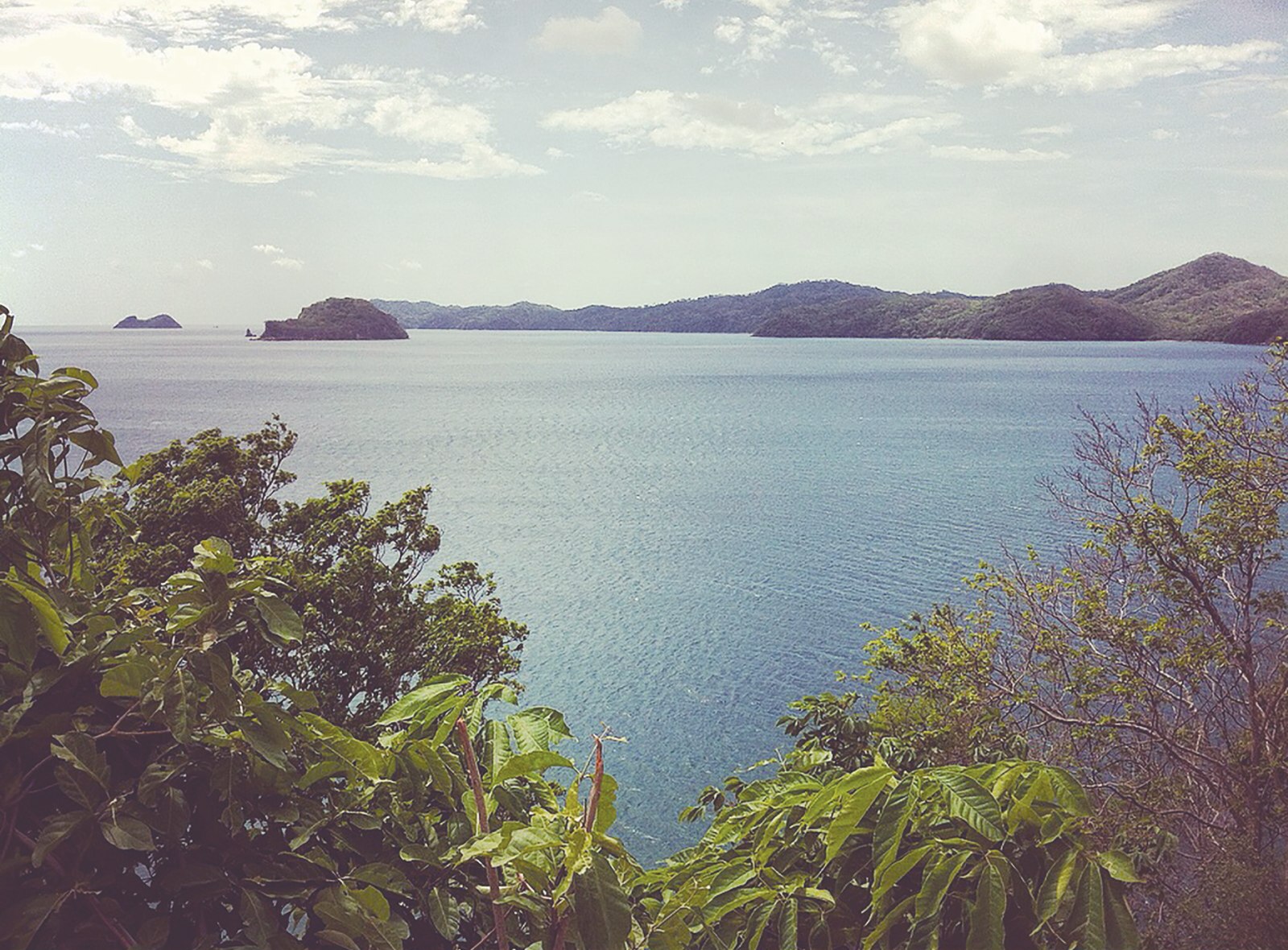


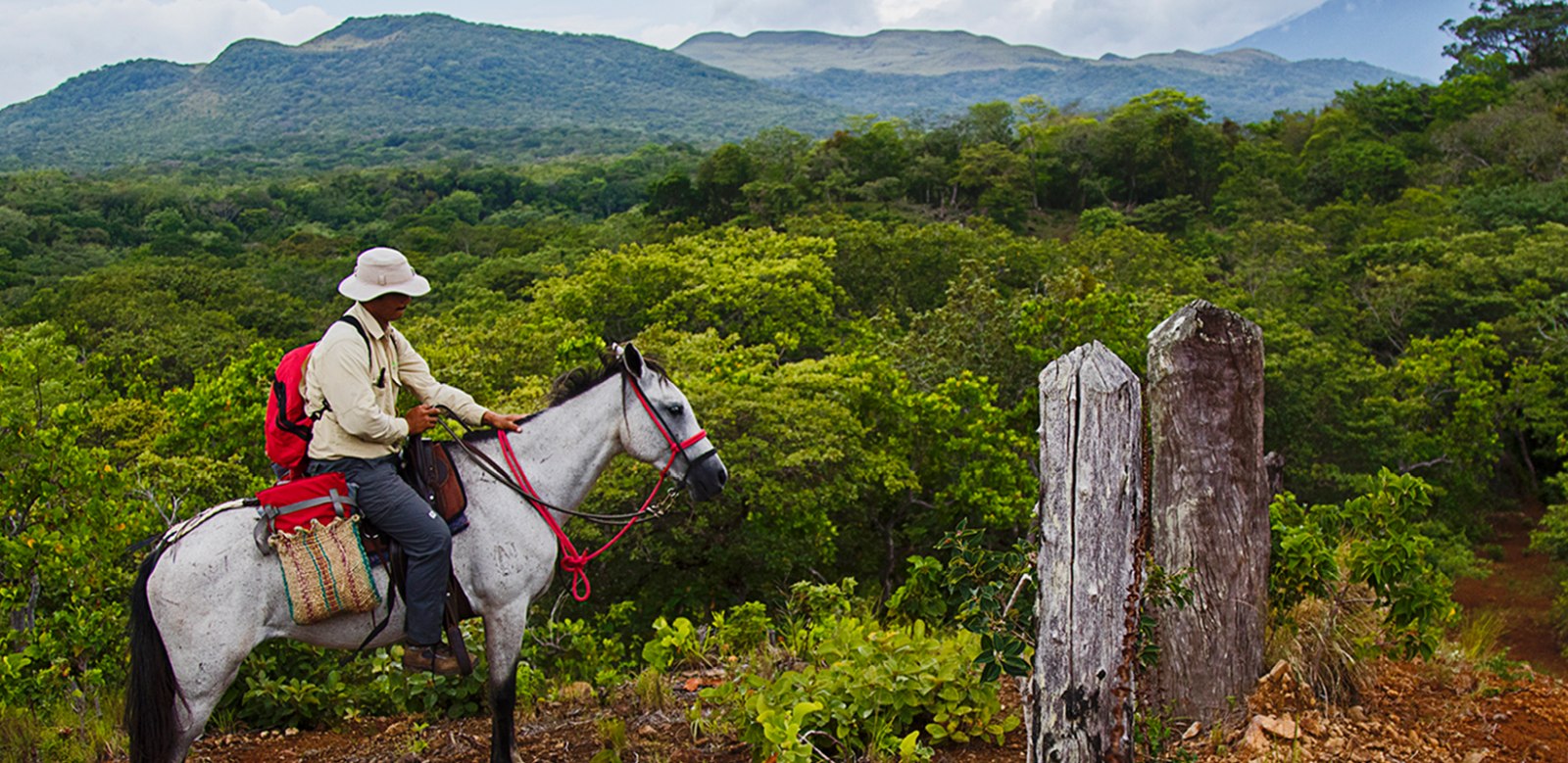
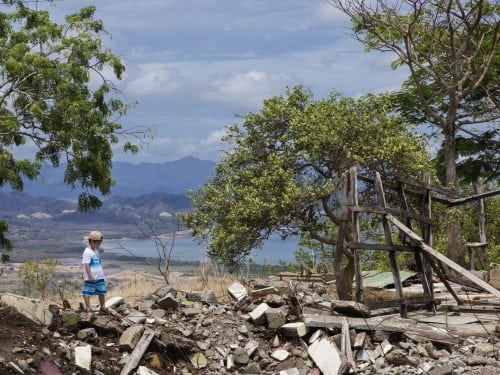
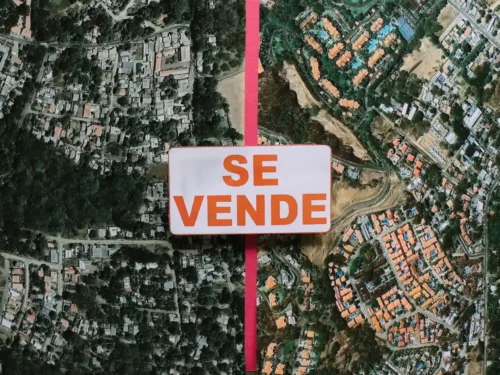
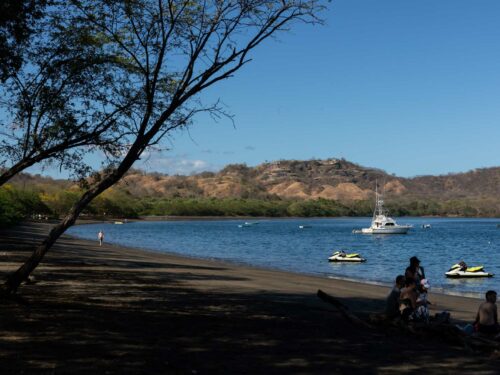

Comments